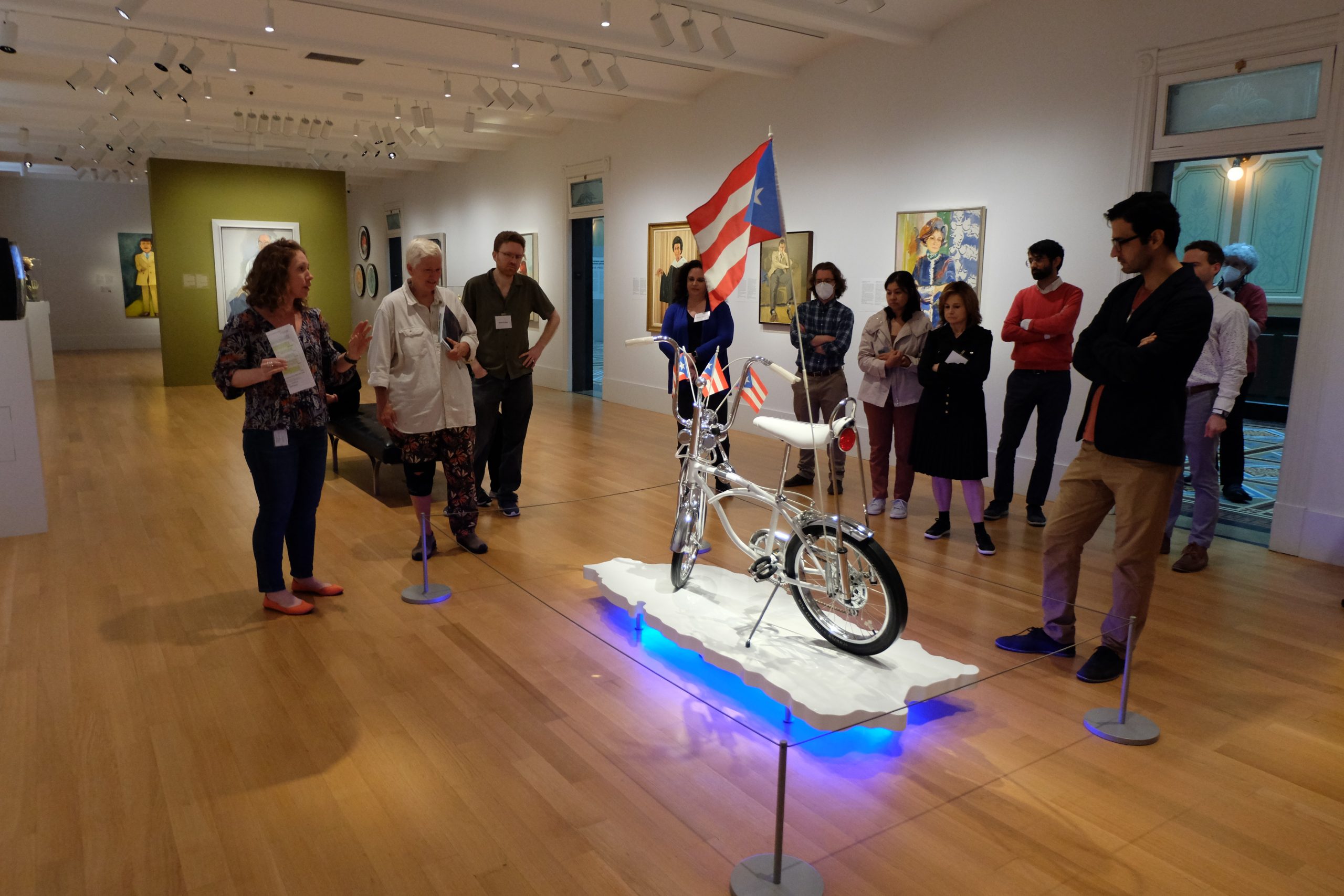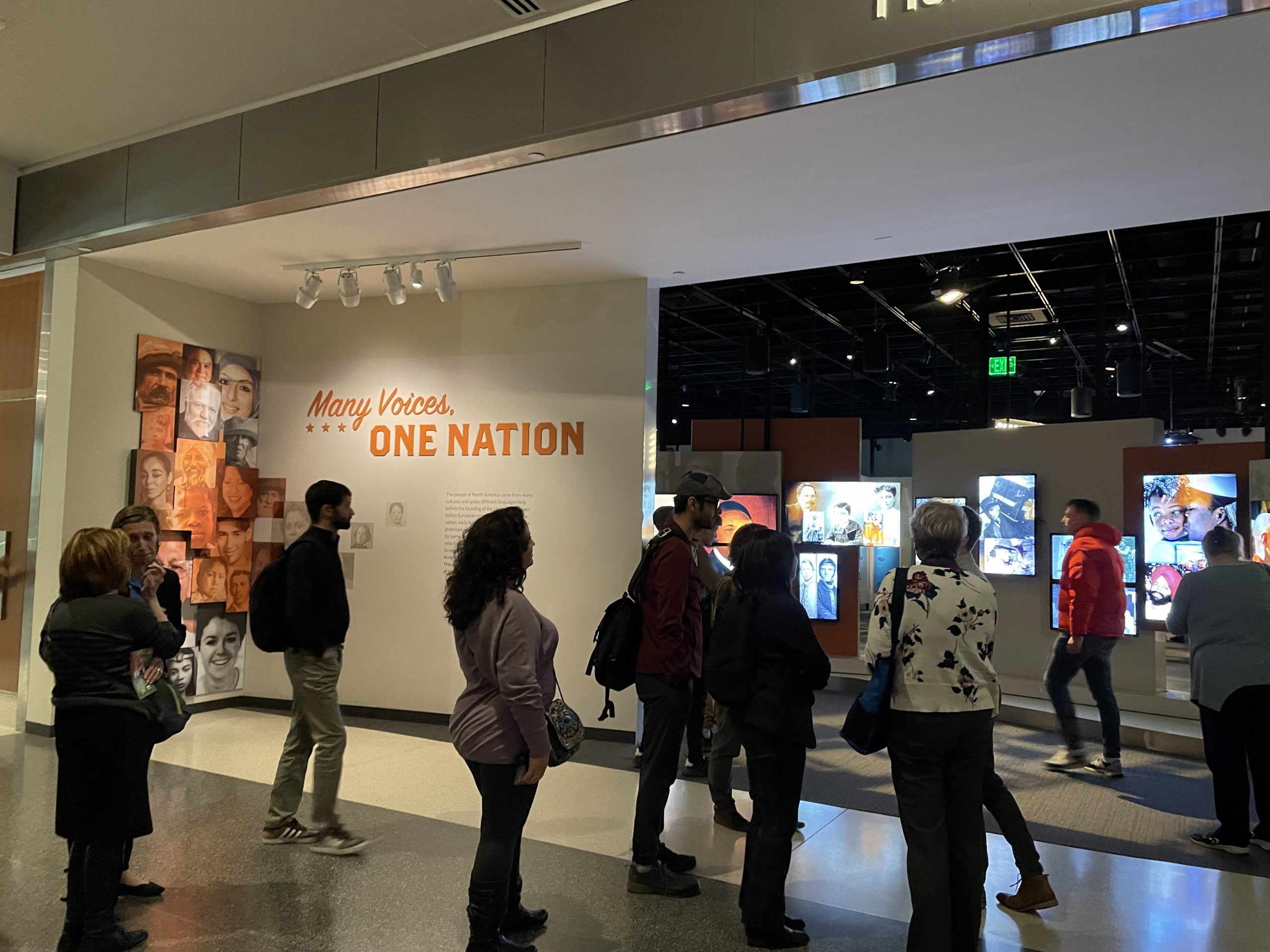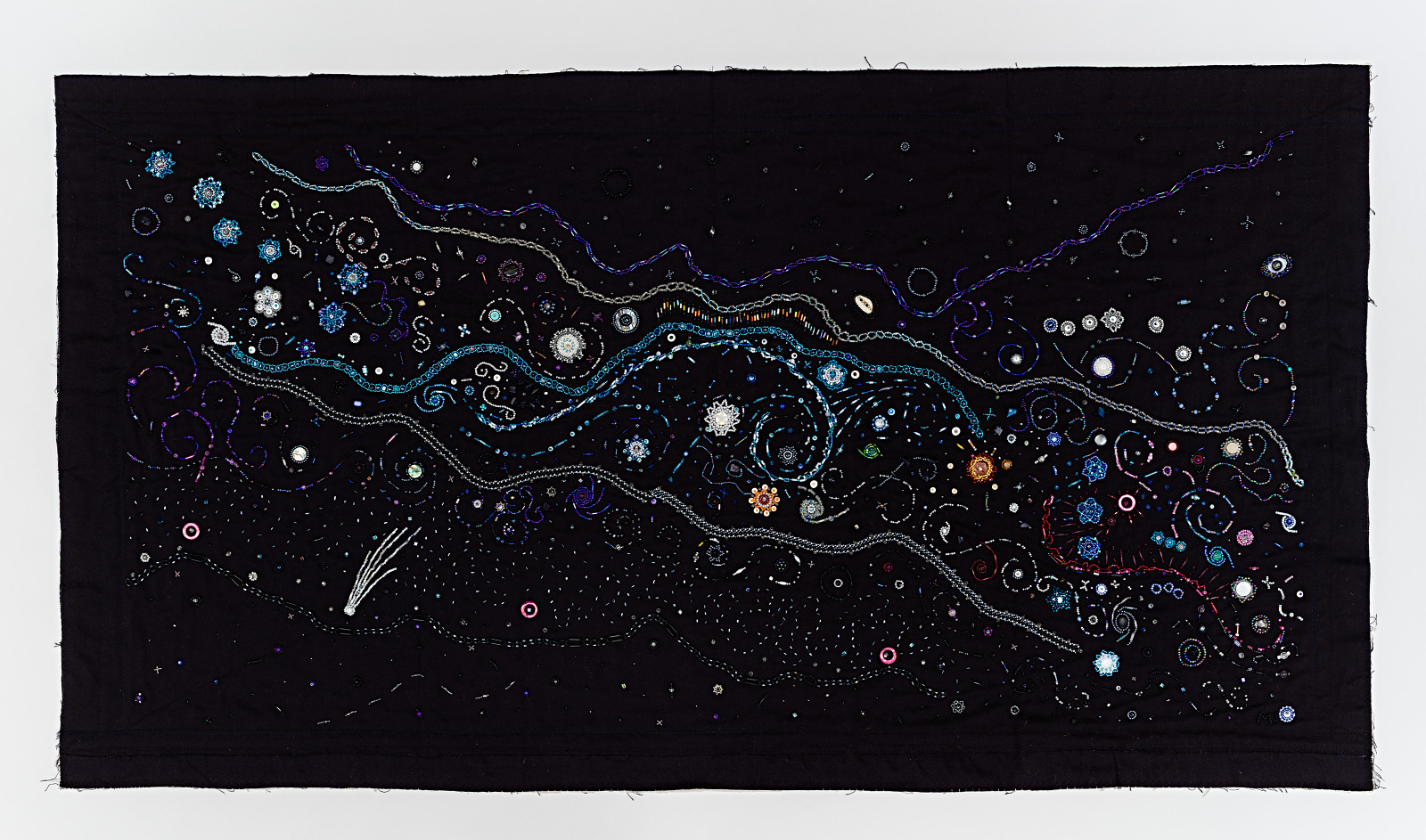As soon as the Smithsonian Faculty Fellowship cohort arrived at the Donald W. Reynolds Center…
Our 2024 theme, TEACHING AND LEARNING WITH THE SMITHSONIAN: CREATING CLASSROOM CONVERSATIONS THAT FOSTER A HOPEFUL FUTURE TO MEET THE CHALLENGES OF A RAPIDLY CHANGING WORLD lends itself to application to every discipline at the college. Read through the list of ideas below- you might even have some of your own!
How You Can Use This Year’s Theme in YOUR Classroom? Here are some ideas!
Anthropology– Whose bones are these? Who do they belong to? Who gets to tell the story?
Archaeology– What kinds of artifacts are best equipped to survive the digital age? What are the iconic Smithsonian objects and exhibits, and why do they resonate with so many?
Architecture- How would we design a museum for the future? How are exhibits designed?
Art– Who is represented? Who is missing? Who curates the story? What is the role of technology and the digital world?
Biology- How do we make topics like climate change, biodiversity and extinction accessible to our students? How do museums help tell the story of these profound challenges?
Chemistry– What role does chemistry play in the preservation and exhibition of objects?
Criminal Justice- What are the strengths and weaknesses of our criminal justice system? How do past and present events inform us of the challenges we face moving forward?
Economics and Business, Math– Economic toll of challenges such as climate change, the pandemic, migration, social unrest, and global travel on both the museum world and society
Education– How do we make museums accessible to all learners? How do we convey the importance of museums?
ELAP- Where do I fit? Where is my story? What is home? How can we help students develop their own historical narratives?
English-Reading and Communication– What is the power of words? How do museum officials create labels for their exhibits? What tools do museums use to communicate their messages?
History– How do we accurately represent our past? How do we correct the narrative? How is the Smithsonian working with communities to tell their stories?
Health and Nutrition – How does human behavior play a role in challenges like climate change, disease transmission, migration, and evolution?
Interior Design- What will tomorrow’s museums and exhibits look like? What must they do to serve diverse audiences?
Journalism, Media Arts and Technology– how does the media bring the Smithsonian to its to the people: newspapers/magazines, tv, podcasts, media arts, and social media coverage? How best to share inclusive stories/sensitive topics that engage audiences using Smithsonian resources?
Philosophy- What are the ethical challenges museums face today?
Photography– How has photography become an art form? How do photographers capture events via stories? Why are images important? How do museums use images to tell stories?
Psychology– How do museums allow us to identify with our own histories? How do they encourage us to engage in critical conversations and foster understanding among diverse groups?
Sociology- How can an exhibit help us understand the development, organization, and functioning of social groups? How do we all learn from studying racial constructs?
World Languages- How do visitors find themselves in the Smithsonian? How do the museums encourage all visitors to feel welcomed?





This Post Has 0 Comments